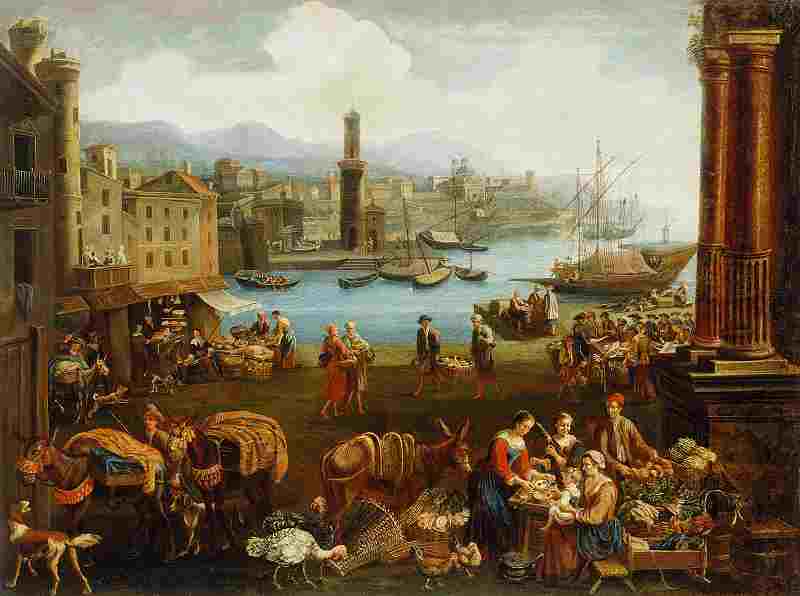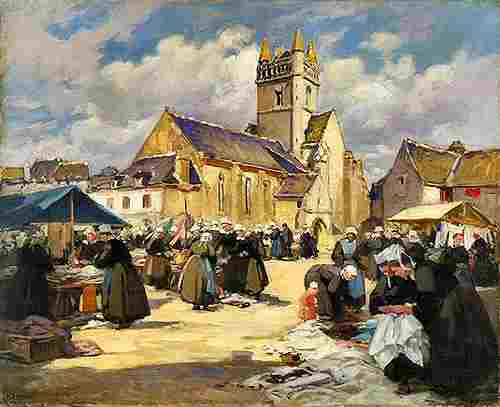This great tendency to develop and take care of one’s own, results in an astonishing degree of self-sufficiency that filters up to all levels of society. It gives rise to the temperance and joy of living within one’s own means at both the individual and community levels.
In medieval times, for example, families, intermediary groups, and states not only amply provided for themselves, but safeguarded the future with stocks of food, necessities, and arms.* It is a self-sufficiency allowing for great independence and individual creativity without either jeopardizing the richness and unity of the whole or resulting in isolation and discord.
Lewis Mumford illustrates this principle well by describing the neighborhoods and precincts of the medieval city, as “a congeries of little cities, each with a certain degree of autonomy and self-sufficiency, each formed so naturally out of common needs and purposes that it only enriched and supplemented the whole.”**
At the same time, it must be observed that this economic self-sufficiency is a relative one. Since the family and intermediary associations are not perfect societies, they are still in need of others to obtain their end. Even the State, which is a perfect society in the sense that it is sufficient unto itself, enjoys only a relative self-sufficiency, since it also needs to participate in the community of nations. Inside this context, balanced trade becomes necessary.
* “Throughout the whole of the Middle Ages every person who was not a pauper stored in his own house substantial reserves of grain, salted meat, salt, candles, etc. What the private individuals did the state did also. In the feudal period, it was the unfailing policy to keep ample reserves for emergencies on the manors. In the following period, the communal authorities, while concerned not to allow excessive hoarding on the part of private speculators, built up stocks, especially of grain, to be resold in times of emergency at a low price.” Carlo M. Cipolla, “The Italian and Iberian Peninsulas,” in Economic Organization and Policies in the Middle Ages, vol. 3 of The Cambridge Economic History of Europe, ed. M. M. Postan (London: Cambridge University Press, 1963), 402. Cipolla also notes “the armory in the hands of the private citizens and the weaponry owned by the public powers . . . represented quite a sizable amount of wealth” (Carlo M. Cipolla, Before the Industrial Revolution: European Society and Economy, 1000-1700 [New York: W. W. Norton, 1976], 104).
** Lewis Mumford, The City in History: Its Origins, Its Transformations, and Its Prospects (New York: Harcourt, Brace, Jovanovich, 1961), 310.
John Horvat, Return to Order: From a Frenzied Economy to an Organic Christian Society—Where We’ve Been, How We Got Here, and Where We Need to Go (York, Penn.: York Press, 2013), 272-3.














